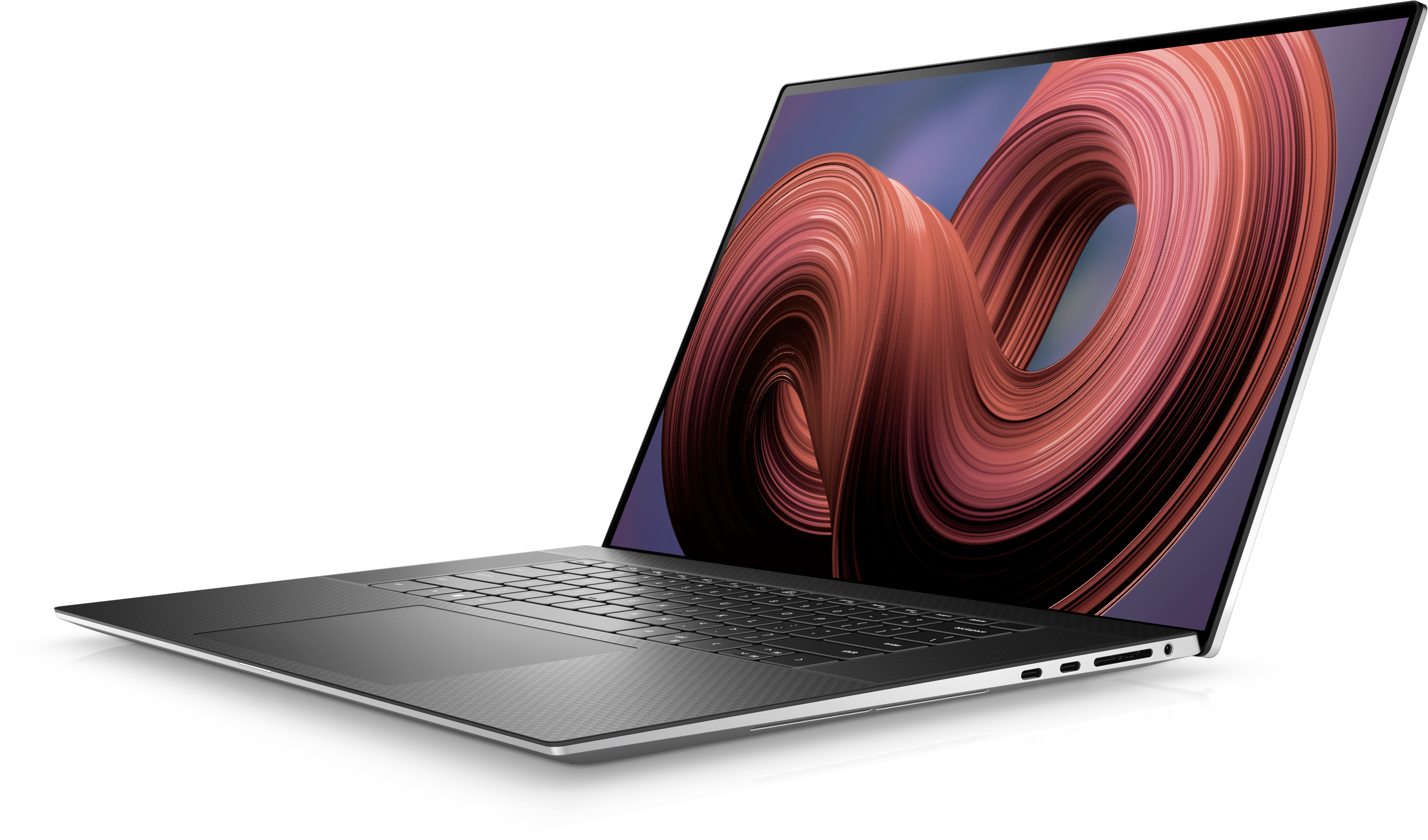In the contemporary era of digital technology, having a dependable laptop is a necessity. Regardless of whether you’re a student, a working professional, or just an individual who takes pleasure in online exploration, discovering a laptop that aligns with your financial constraints is of paramount importance. This piece will delve into the most effective approaches to acquiring a laptop within a budget of Rs10,000.
Read more.. 25 Ways to Make Money Online, Offline, and at Home
1. Define Your Needs and Priorities
Prior to commencing your quest for a laptop, it’s imperative to ascertain your individual requirements and top priorities. Take into account aspects such as mobility, processing power, battery longevity, and specialized applications. A clear comprehension of your needs will serve to streamline your selection process.
Read more.. The Best Personal Loans for Fair Credit in 2023
2. Determine Your Budget
Set a clear budget of Rs10,000 or less. This will act as your financial guide and prevent you from overspending. You can find excellent laptops that fit this budget range.

Read more.. How to Increase Business on Navratri in 2023
3. Research Brands and Models
To make an informed decision, research reputable laptop brands and models. Popular options include Dell, HP, Lenovo, Apple, and Asus. Each brand offers various models catering to different needs.
Read more.. How to Grow Business During Navratri 2023
4. Consider Refurbished Laptops
Refurbished laptops can be a cost-effective choice. These are typically restored to like-new condition and come with a warranty, making them a reliable option for budget-conscious buyers.
5. Explore Online Retailers
E-commerce platforms frequently present more attractive pricing compared to traditional physical retail outlets. Websites such as Amazon, Newegg, and Best Buy consistently feature compelling bargains and an extensive array of choices.
6. Read Reviews and Ratings
Before making a purchase, read reviews and check product ratings. Websites like Globaltalknow, Centerofsource and customer reviews on retailers’ websites can provide valuable insights into the laptop’s performance and durability.
7. Compare Specifications
When comparing laptops, pay attention to specifications such as processor, RAM, storage capacity, and graphics capabilities. Make sure the laptop’s specifications align with your needs.
Dell
Latitude E6510 Laptop i7 1st Gen 4GB Ram 500GB HDD 15.6inch,
HP
Processor: 2.6 GHz 3220M Core i5, Resolution: 1366 x 768 pixels, Ram: 4GB, Hard Disk: 500GB, 14.0 inch Screen
Lenovo
Processor: M370 Core i3, Resolution: 1366 x 768 pixels, Ram: 4GB, Hard Disk: 500GB, 14.0 inch Screen
Apple MacBook Pro (2009)
15″ Intel Core 2 Duo 500GB HDD 4GB RAM Silver
AsusUltimus Pro Celeron Dual Core N4020 –
(4 GB/128 GB EMMC Storage/Windows 11 Home) NU14U3INC43BN-CS Thin and Light Laptop (14.1 Inch, Cloud Silver)
8. Look for Discounts and Promotions
Keep an eye out for discounts, promotions, and seasonal sales. Many laptops go on sale during back-to-school periods, Black Friday, and other special occasions.
9. Consider Operating Systems
Select an operating system that harmonizes with your personal preferences. Windows, macOS, and Linux represent prevalent choices, each offering unique advantages. Opt for the one that best suits your comfort and needs.
10. Check Warranty and Support
Ensure your chosen laptop comes with a warranty and reliable customer support. In case of any issues or malfunctions, you want a safety net to fall back on.
11. Don’t Overspend on Unnecessary Features
Steer clear of incurring additional costs for functionalities that don’t align with your requirements. For instance, if gaming isn’t your pursuit, investing in a premium graphics card could prove superfluous and burdensome on your budget.
12. Visit Physical Stores
If possible, visit physical stores to see the laptops in person. This will give you a better sense of the laptop’s build quality, keyboard, and screen.
13. Negotiate the Price
Don’t hesitate to initiate conversations about pricing, especially when you’re making an in-person purchase at a physical store, as it might open the door to the potential of securing a more advantageous deal.
14. Check for Compatibility
If you have existing peripherals, ensure they are compatible with the laptop you choose. This includes items like printers, external hard drives, and monitors.
15. Make Your Purchase
After conducting thorough research, identifying the laptop that aligns perfectly with your requirements and financial plan, and finalizing your selection, go ahead with the purchase.
FAQs
1. Can I get a reliable laptop for under Rs10,000?
Absolutely! Many reputable brands offer high-quality laptops within this budget range. It’s all about knowing your needs and researching the options.
2. Are refurbished laptops a good choice?
Choosing reconditioned laptops proves to be a prudent choice, thanks to their customary warranty inclusions and cost-effective pricing, offering an appealing substitute for brand-new models.
3. When is the best time to buy a budget laptop?
Back-to-school sales, Black Friday, and other holiday seasons often bring great deals on laptops. These are ideal times to find budget-friendly options.
4. Can I upgrade a budget laptop in the future?
Many laptops allow for RAM and storage upgrades. Before buying, check the upgrade options for your chosen model to ensure it meets your long-term needs.
















